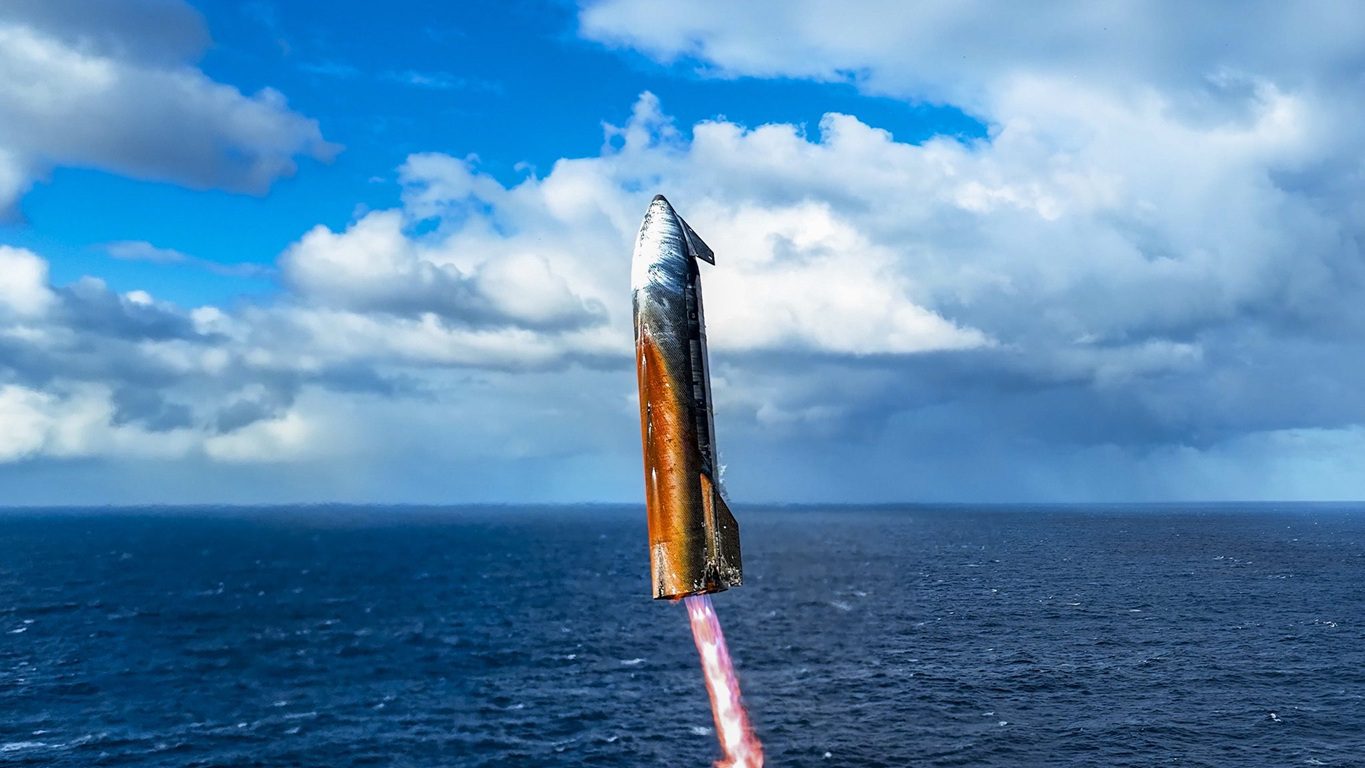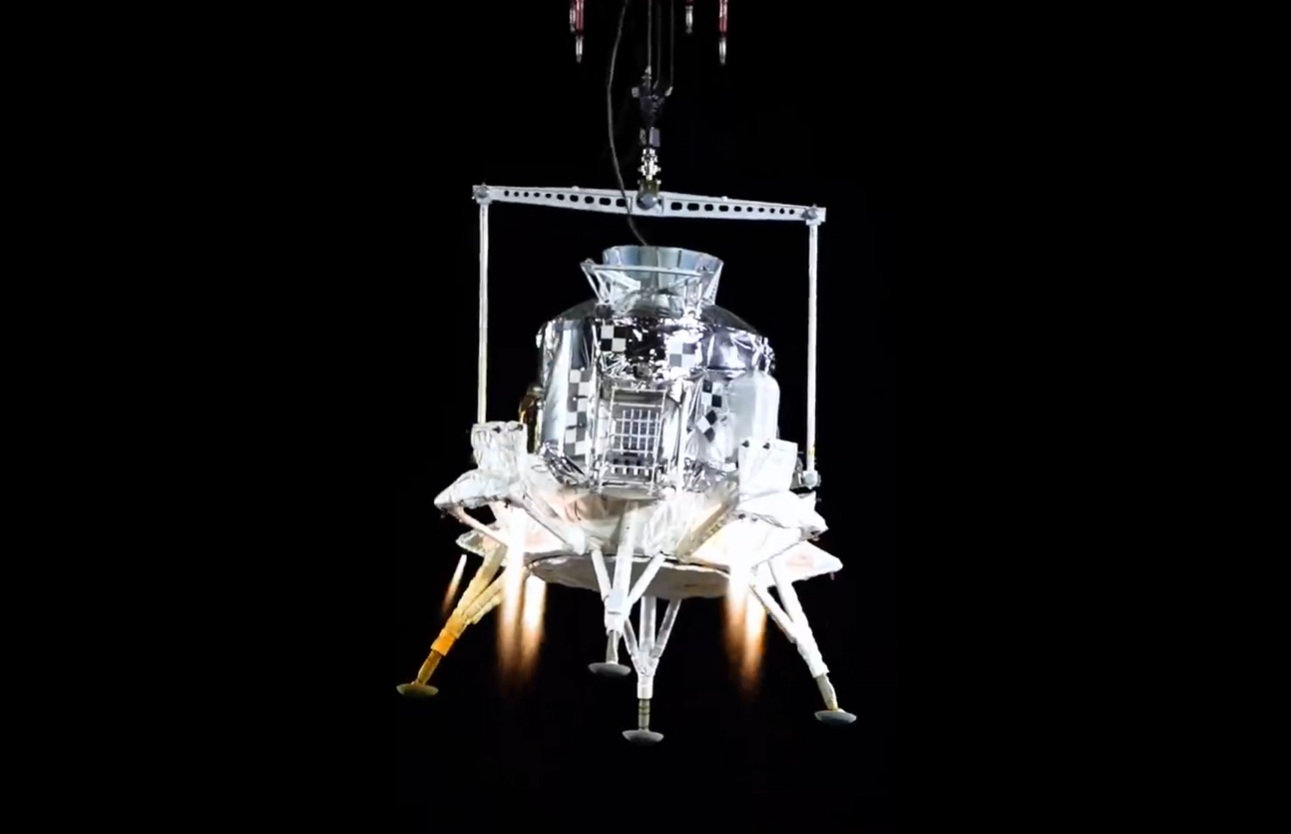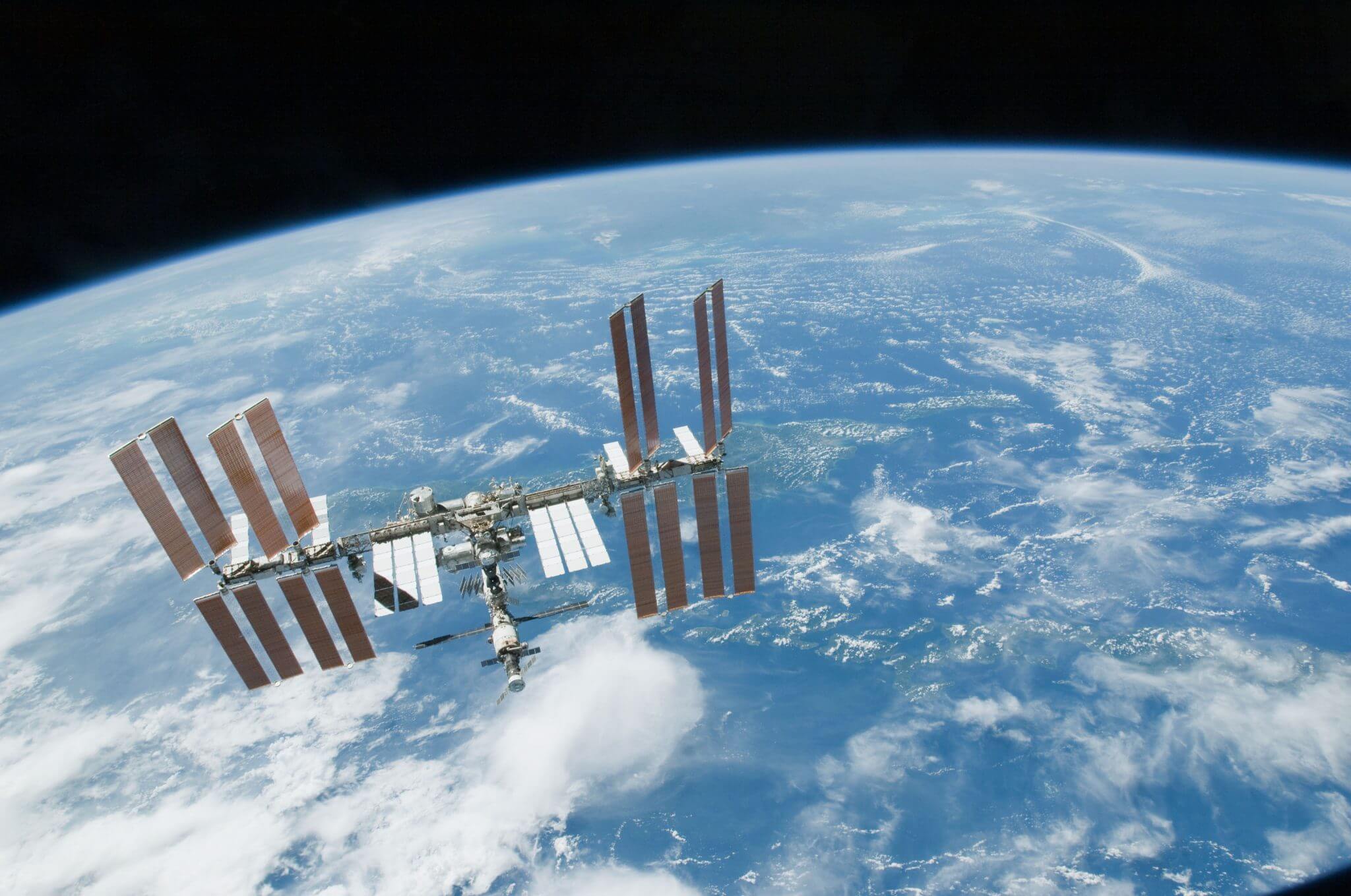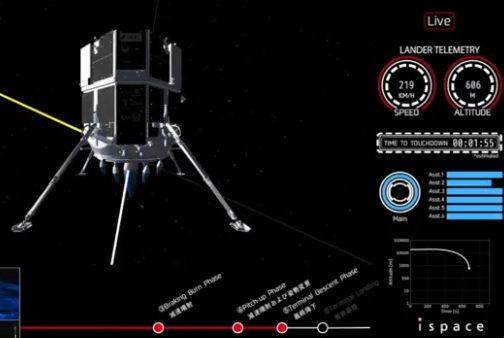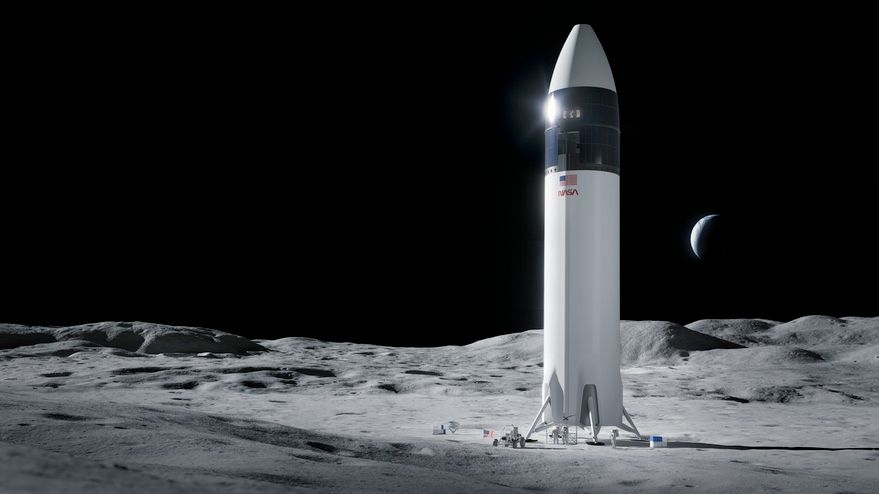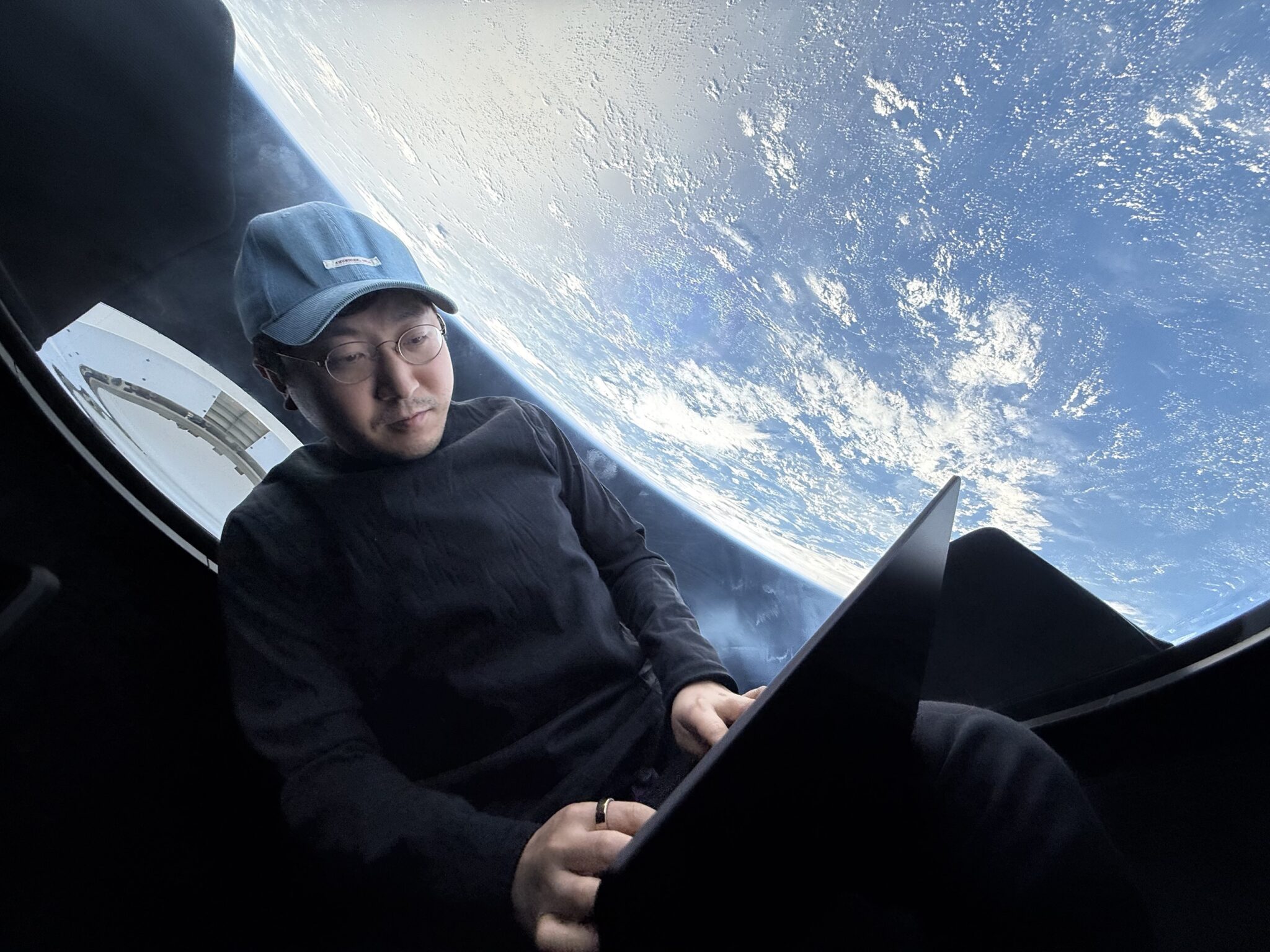An unfinished war, a huge national debt, an imminent deep recession, a huge tax cutting commitment, a massive fiscal stimulus to be spent, a car industry whose saving might be cheaper than the economic devastation its collapse would bring, and a former president’s ambitious plan to return America to the Moon; not too many challenges then for the president-elect (some of them self inflicted admittedly)
Hyperbola thinks the Obama administation should do the following…
Guessing how much NASA’s budget might be cut over the next four or even eight years is not a game worth playing, just assuming that its budget does not grow at all will present the agency with enough problems as its Congressionally mandated goals are already completely unachievable. So I will briefly tackle hear the main broad areas
Aeronautics
Starting with the first A in NASA its programmes have suffered grievous cuts that the science community should recognise as far worse than they have had to face
The management of the US national air space and the development of technologies to mitigate the environmental impact of aircraft is more important than knowing what makes Venus tick
Aeronautics needs a hike in funding along with a presidential policy for meeting those air space and environmental challenges. Obama’s green technology revolution will be hollow if he doesn’t do at least that
Science
I am splitting science into Earth focused, astronomy and planetary. I think it is time for the other US government agencies that study the environment to collaborate and focus on climate change analysis
NASA’s S should be for outer space and it should not have a mission Earth. Hubble’s days are numbered and it should not be replaced by the James Webb Space Telescope. Astronomy for the time being will have to rely on the other orbiting and ground based assets
Planetary science should be entirely Mars focused and should compliment preparations for a permanent human settlement on the Red planet
Space operations
Obama should come out quickly and announce support for the International Space Station to 2020. Space Shuttle should not face schedule pressure and should carry out its final 10 missions (including the launch of the Alpha Magnetic Spectrometer instrument) at a safe pace. This will likely mean an extension into 2011 and probably beyond
Shuttle should ideally not be retired before NASA’s Commercial Orbital Transportation Services programme candidates have proven they can resupply ISS as NASA did not request Congress to provide a legal waiver for Russian cargo provision. The ISS should be provided with all the spares it needs using Shuttle and NASA should reverse the decision to reject the permanent MPLM option
The crew transportation COTS-D option should be funded and longer term steps should be taken to realise the commercialisation of low Earth orbit. Can the US section of the ISS be privatised? Finally, the Orion crew exploration vehicle should not service ISS
Exploration
Obama should commit early to support the long term aim of returning America to the Moon, as part of an international effort, and then to go to Mars in the first half of this century. Again commercial opportunities should be sought for this, starting with cislunar telecommunications
NASA should dump its Ares I crew launch vehicle, its capabilities are too limited for the lunar and beyond manned operations the agency should be aiming for. The agency should move to the human rated Ares IV as its intermediate step to the cargo/Altair launching Ares V
The two boosters would be used for a double launch EOR-LOR conop for lunar missions that would begin during the 2020s, to remove the 2020 target the agency will now miss. Ares IV could also be used for a NEO mission
The international lunar outpost will still be the first step towards Mars. While the Moon’s gravity is wrong for creating some of the technologies for Mars we need to develop hardware, subsystems and components, that can cope with such an extremely harsh environment for very long durations. If they can survive the Moon they can survive the Martian surface, that planet’s orbit or one of its moons
Before Ares V is ready Ares IV can be used to send very large scientific payloads to Mars that will test entry, descent and landing technologies needed to put people on the surface accurately and safely
The architecture for Mars should be for the establishment of a permanent scientific outpost and not the 500-day Apollo version with a small team there and back within a few years. Again commercial opportunities should be a part of the long term Martian settlement plan
With the European Space Agency’s budget and goal setting member state minister’s meeting in less than a week tomorrow I’ll set out what Hyperbola thinks ESA should be doing in the next three years and longer term


